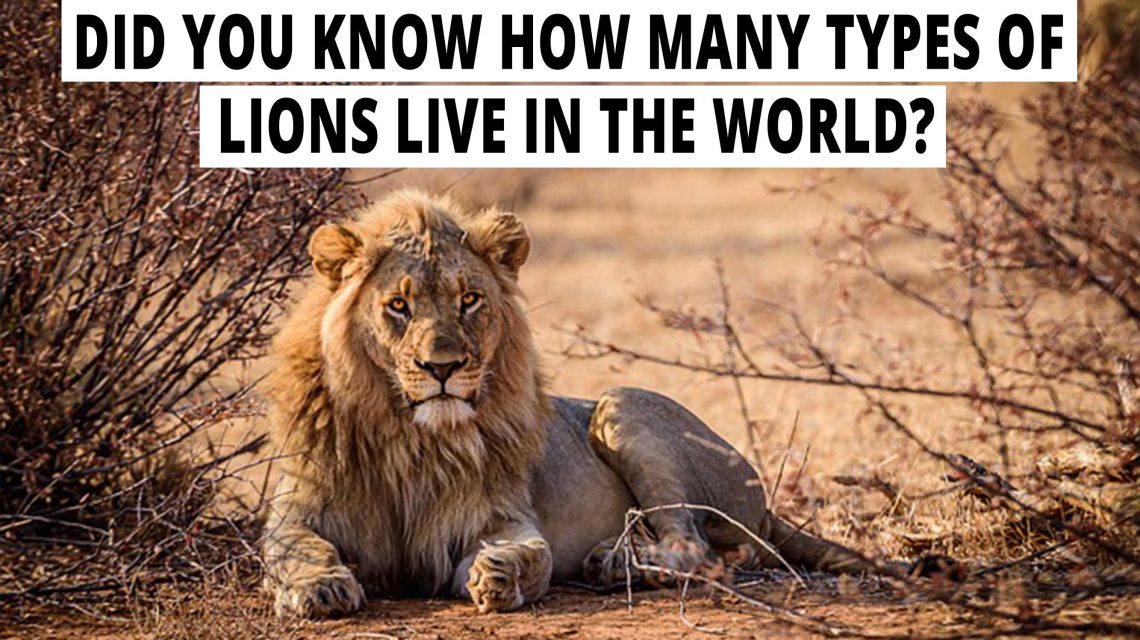The line is considered the emperor of the wild animals. The scientific name referring to the Lion is Panthera Leo. The Lion is a carnivorous mammal that belongs to the group name Pride. The lions are primarily found in Africa. The Lion has the symbolic value of courage and strength. The Lion belongs to the cat family, and they are iconic. The roar of a lion can be heard from five miles away; this shows their strength. The lions in the zoo will survive for 20 years, and the wild lions will live up to 12 to 16 years.
Behaviour
The lions are a unique creation in the cat family. They live as a social group. A social group of lions is called a Pride. A pride consists of 5-15 female lions, their cubs and a single male. There are always clashes between the male lions and the dignity of other male lions, as other lions always try to get the power of pride. Female lions are active, and they participate in hunting activities. Moreover, male lions are of significant sizes, so it is hard for them to chase their prey. The lionesses are faster and more extensive, but they together catch the game.
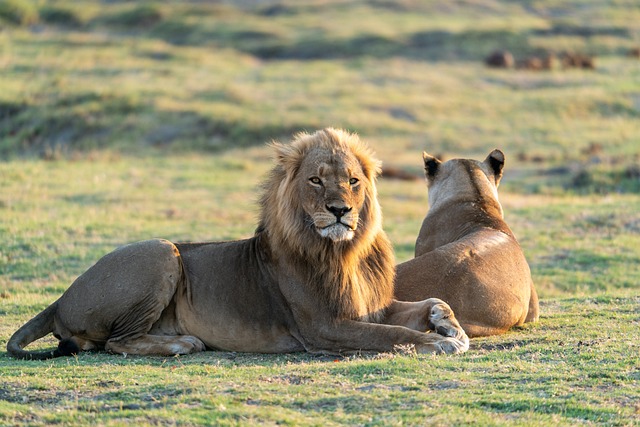
Size
The lions stand between the height of 1 and 1.2 meters tall at the shoulder. The male lions grow to lengths of 3 meters, and they have tails that are in the size of 60 to 91 centimetres. The female lions weigh 256 to 395 pounds and grow 2.7 meters tall, while the male lions weigh 330 to 550 pounds.
Habitat
The African lions are primarily found in Africa and some parts of Asia and Europe. The Lions are more found in grasslands, scrub and open woodlands where the herbivorous animals live so that they can easily make prey of them. The lion species named Asiatic lions are the subspecies of the African Lion, the population of Asiatic lions is smaller than the African Lion population. The loss of prey has also adversely affected the lives of lions. Due to the loss of wild food in their habitats, lions in Southern Africa subpopulationhunt domesticated animals like livestock which has created the cause for a conflict between them and humans. The followings are the listed subpopulations of lions:
- Western Africa subpopulation
- Central African subpopulation
- North African/Asian subpopulation
- Southwest Africa subpopulation
- Southern Africa subpopulation
- Eastern Africa subpopulation
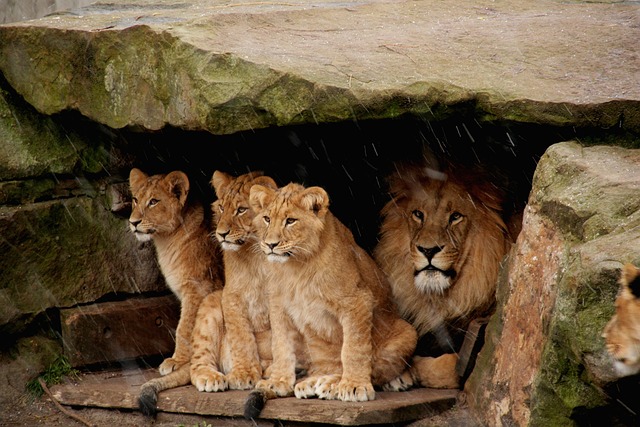
Diet
The Lion is the largest carnivorous animal of the cat family. To sustain and for their survival, lions eat other animals. Lions often hunt the gallize, zebra, warthog, buffalo, wildebeests and giraffes for survival. When the Lion pursues prey, the female Lion allows the male Lion to eat it first. The cubs latterly get their portion of the remaining food. The lions are not lone hunters; most often, the Lion goes hunting with the female one. The combination of male and female lions in hunting helps them catch faster and larger animals than others. An individual lion’s hunting rate is less than a group’s. A lion eats 8 to 0 kilograms of meat per day.
Reproduction
Female lions give birth to a litter every two years. The female Lion gives birth to one to four cubs at a time, and it takes 3 ½ months for gestation. The cubs are looked after for six months, and after six months, they start to eat meat. It has been found that almost 80 per cent of cubs die within two years of life due to the shortage of food and the attacks of male lions to take over pride. This has become another threat to the decrease in the lion population.
Threats
The population of lions also decreased in the past years. According to the estimate of the International Union for the Conservation of Nature, it reveals there are about 25,000 lions are remained in Africa, and the African lions are getting vulnerable to extinction. In most cases, the lions’ lives are endangered by humans as they kill them out of fear. People use pesticides as poisons to kill lions. Also, some people use the valuable body parts of lions for illegal wildlife trade.
Conservation
The survival of the lions depends on the teachings of humans on how to live with lions; the lions’ conservation organizations are working on making attitudinal changes among the human communities on living with lions. In some cases, financial rewards are also given to the people as a step toward lion conservation. Another conservation step that has been taken is creating protected areas for lions.
Types of lions in the world
01. Asiatic Lion
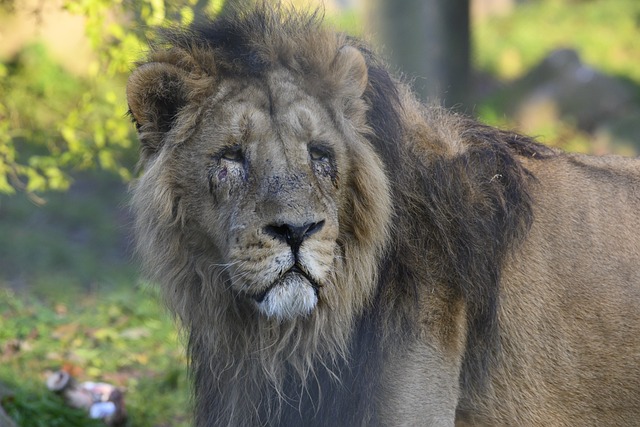
The Asiatic Lion is recognized as a distinct subspecies. The population of Asiatic lions is distributed in the Asian continent. They are classified as different because they are isolated from the other species. The Asiatic lions have similar features to the lions in North Africa.
02. Barbary Lion
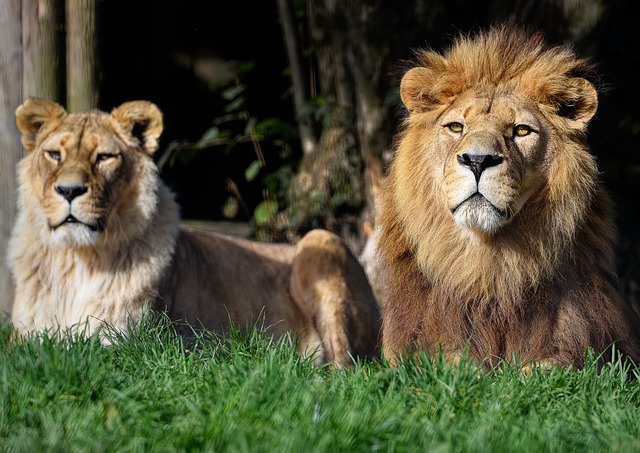
The Barbary lions are also concerned as a subspecies, and they are primarily found in North Africa. The Barbary lions are called Nubian lions, Atlas lions and Berber lions. Like the Asiatic lions, the Barbary lions are not considered a distinct subspecies.
03. Cape Lion
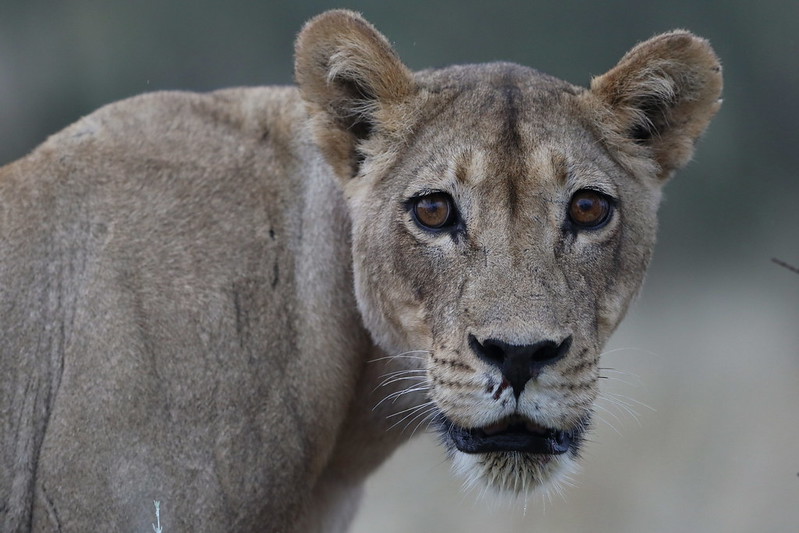
The Cape lions can be found in South Africa. The Cape lions are unique to the other types of lions and are no longer taken as subspecies.
04. Cave lion
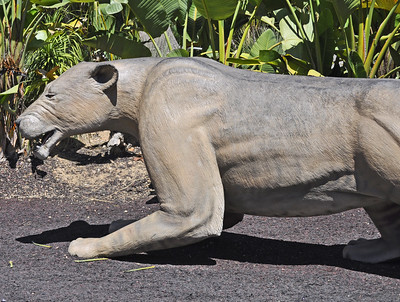
The cave lion is known by its scientific name Panthera spelaea. The Cave lion population is distributed in Europe across Alaska. According to the research on Cave lions, they have found that a well-grown cave lion weighs 747 pounds. The Cave lions were extinct around 12,00 years ago.
05. American Lion
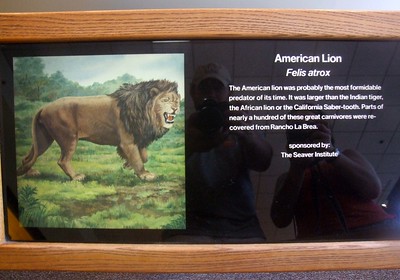
The American lions are distributed in Mexico and United States in the present day. The scientific name for the American Lion is Panthere, approx. This specie also extinct 12,000 years ago, at the same time as the extinction of cave lions. The American lions weigh 930 pounds. This indicates that the American lions are the largest in the world.
Facts about lions
- Lions are social mammals.
- The Lionesses are more engaged in hunting.
- Lions do not live in jungles.
- The Lion is the second largest cat in the world.
- Lions can climb trees.
- Lions do not need to drink water daily, but they need food.


